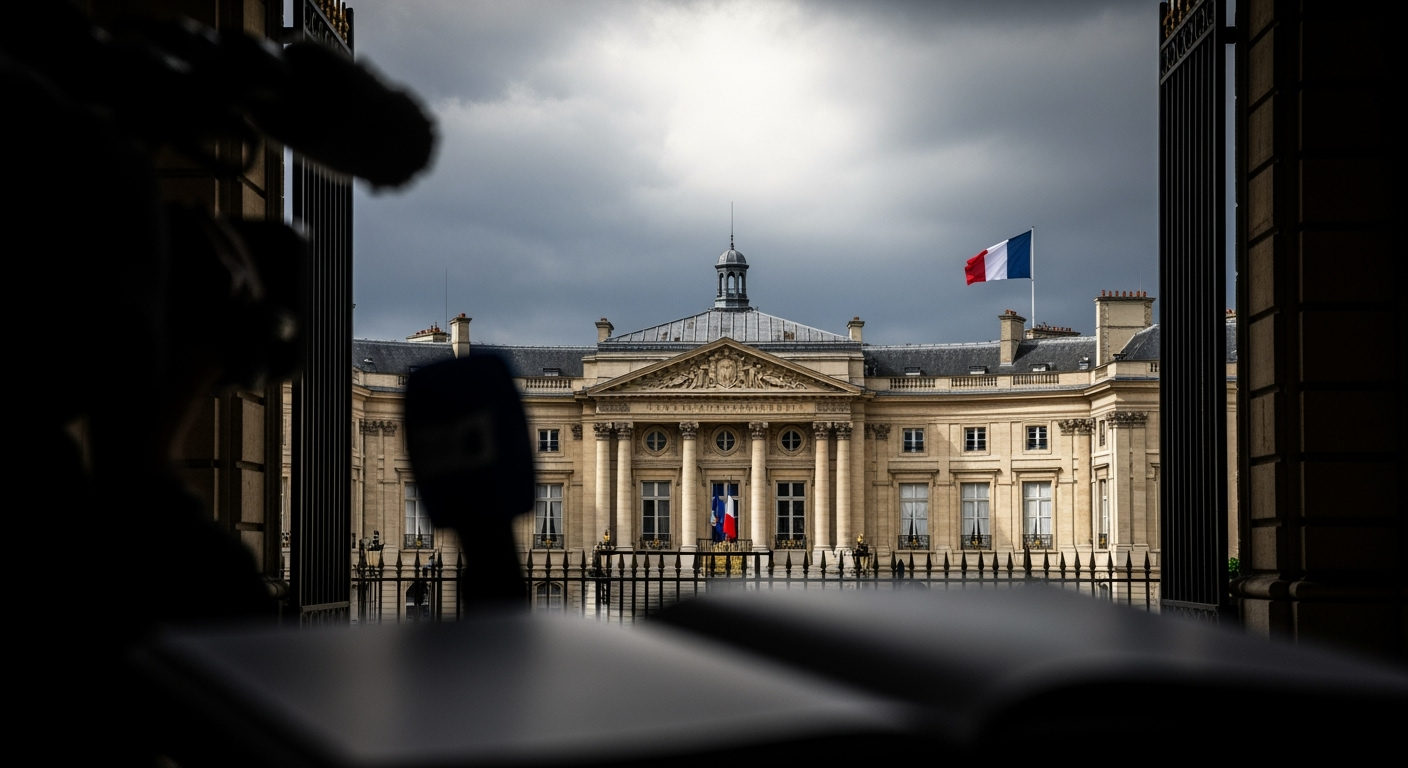Related Articles

Ecuadorian Government Decries 'Assassination Attempt' on President Noboa Amid Escalating Protests




LOS ANGELES, CA – After a nearly year-long investigation, authorities have apprehended a Florida man suspected of igniting the devastating Palisades Fire, a blaze that claimed 12 lives and destroyed thousands of structures across Los Angeles's affluent Pacific Palisades neighborhood in early 2025. Jonathan Rinderknecht, 29, was taken into custody on Tuesday, October 7, in Melbourne, Florida, and is expected to face federal charges including malicious destruction of property by fire, which carries severe penalties.
The arrest marks a significant breakthrough in one of the most destructive wildfires in Los Angeles history, offering a measure of justice to a community still grappling with immense loss. Federal prosecutors allege Rinderknecht intentionally started a fire on New Year's Day, 2025, which, after initially being extinguished, smoldered for days before reigniting on January 7 amid high winds to become the raging inferno known as the Palisades Fire.
The apprehension of Jonathan Rinderknecht followed an extensive and meticulous investigation conducted by a joint task force comprising the Los Angeles Fire Department, the Los Angeles Police Department, and the U.S. Bureau of Alcohol, Tobacco, Firearms and Explosives (ATF). Law enforcement officials announced the arrest, detailing that Rinderknecht was taken into custody near his residence in Melbourne, Florida. He was scheduled to appear in federal court in Orlando on Wednesday.
According to Acting U.S. Attorney Bill Essayli, Rinderknecht is accused of lighting a fire just after midnight on January 1, 2025, near a popular hiking trail overlooking the Pacific Palisades. This initial blaze was put out, but investigators believe the fire continued to burn undetected underground. It then erupted into a catastrophic wildfire a week later, exacerbated by severe wind conditions. Essayli further stated that Rinderknecht allegedly fled the scene after setting the initial fire but later returned to the same trail to observe the growing inferno. During an interview with investigators, Rinderknecht reportedly provided false information about his whereabouts, claiming he was at the base of the hiking trail.
Crucial evidence supporting the charges reportedly includes an image discovered on Rinderknecht's digital devices. This image, generated using an artificial intelligence program like ChatGPT, depicted a burning city, an element that prosecutors are expected to highlight in court proceedings.
The Palisades Fire, which raged from January 7 until its full containment on January 31, 2025, quickly escalated into a disaster of unprecedented scale for the region. It scorched more than 23,000 acres, equivalent to over 9,300 hectares, across the Pacific Palisades, Topanga, and Malibu areas. The inferno claimed the lives of 12 individuals and obliterated more than 6,000 homes and commercial buildings, with some reports indicating up to 6,800 structures were lost in the wealthy coastal neighborhoods of Los Angeles. The estimated financial toll of the destruction is staggering, reaching approximately $150 billion in damages.
The fire transformed idyllic hillside communities, known for their panoramic ocean and city views, into scenes of ash and rubble. Firefighters battled the relentless blaze for weeks, contending with challenging terrain and unpredictable winds that fanned the flames and made containment efforts exceptionally difficult. The widespread destruction and loss of life sent shockwaves through the community and across the state, prompting questions about fire prevention, emergency response, and infrastructure resilience in the face of increasingly frequent and intense wildfires.
Rinderknecht faces grave federal charges, including "maliciously starting" the fire and destruction of property by means of fire. Given the fatalities associated with the blaze, federal arson charges can carry stringent penalties, ranging from five to 20 years in prison, with the potential for life imprisonment or even the federal death penalty if the arson results in injury or death. This potential for capital punishment aligns with federal directives to pursue the death penalty for crimes of extreme severity.
While the arrest brings a sense of closure to the investigative phase, the long-term impact on the affected communities persists. Thousands of residents were displaced, and the process of rebuilding homes and lives is ongoing. The fire also sparked broader discussions regarding emergency preparedness and communication protocols. An independent review released in September 2025, following both the Palisades Fire and the equally deadly Eaton Fire (which occurred around the same time and killed 18 people but is not linked to Rinderknecht), identified significant weaknesses in the county's emergency response. The report cited "outdated policies, inconsistent practices and communications vulnerabilities" that hampered evacuation warnings and overall resource deployment.
The arrest of Jonathan Rinderknecht signifies a critical step in the legal process, bringing the focus to accountability for the immense devastation caused by the Palisades Fire. While no legal outcome can fully restore what was lost, the prosecution aims to deliver justice for the victims and their families. The recovery efforts continue in the affected areas, with communities demonstrating resilience in the face of such widespread destruction. The tragedy also serves as a stark reminder of the ongoing threat of wildfires in California and the critical importance of effective prevention, rapid response, and robust community preparedness. The outcomes of this case are expected to be closely watched by those seeking answers and a path toward healing and rebuilding.